Key Insights
- If Gold Is Yellow, Then How Is White Gold Made
- What Is Tarnish
- Can White Gold Tarnish
- How To Prevent White Gold From Turning Yellow
- Frequently A&Q
If Gold Is Yellow, Then How Is White Gold Made
White gold is pure gold combined with other metals, and there is potential for rhodium plating to create white gold's unique look. This produces a beautiful, durable alloy that is popular in jewelry making while retaining the core values of gold. The process generally involves the following steps:
1. Alloying
Mixed metals: Pure gold (yellow) is alloyed with white metals such as palladium, nickel, or silver. The specific combination and proportions determine the final color and characteristics of white gold.
2. Making the alloy
Gold purity: White gold is often available in different karat weights (such as 14k or 18k), which indicates the amount of pure gold in the alloy. For example, 18k white gold contains 75% gold and 25% other metals, while 14k white gold contains 58.3% gold.
3. Rhodium plating
Enhancement: Many white gold pieces are plated with rhodium, a precious metal that gives jewelry a shiny, reflective finish and enhances the white color. Rhodium plating helps protect the underlying gold from scratching and tarnishing.

What Is Tarnish
When people buy white gold jewelry, the first reaction may be “white gold will tarnish?”, understand what is tarnishing can help you understand to white gold jewelry will not tranish!
Tarnish is a thin layer of corrosion that forms on certain metal surfaces, primarily when they react with elements in the environment, such as oxygen, sulfur, or moisture.
Tarnish is most commonly associated with metals such as silver, copper, and certain gold alloys (such as platinum) that contain metals such as nickel or palladium. The phenomenon usually appears as a dull, discolored, or cloudy film on the metal surface. Tarnish forms when metals oxidize when exposed to air, moisture, and other substances. Certain chemicals can also accelerate tarnishing. For example, prolonged exposure to sulfur (commonly found in materials such as rubber bands and certain foods).
Can White Gold Tarnish
White gold does not tarnish. However, as white gold rhodium-plated jewelry wears away over time, it may reveal the natural white gold color underneath. While this may look similar to tarnishing, it is a different process: it is the wearing away of the protective layer, not a chemical change in the metal. Here are some key points about white gold yellowing.

1. Alloy composition
Nickel and palladium: White gold is often alloyed with metals such as nickel, palladium, or silver. While gold itself does not tarnish, these other metals can tarnish or react with moisture, air, and skin, causing discoloration.
2. Rhodium plating
Wear: Many white gold pieces are plated with rhodium to provide a bright, shiny finish. Over time, this rhodium plating can wear away, especially with regular use, revealing the gold alloy underneath, which may appear more yellow.
3. Environmental factors
Exposure: White gold jewelry can tarnish, yellow in color, or show signs of wear due to exposure to a variety of environmental factors, such as humidity, chemicals (such as those found in perfumes, lotions, and cleaning products), and even sweat.
How To Prevent White Gold From Turning Yellow
White gold is a popular choice for jewelry because of its elegant look and durability. However, over time, you may notice that your white gold jewelry begins to yellow. This change can be frustrating. Fortunately, there are things you can do to maintain white gold's beautiful white luster. Here's how to keep your jewelry looking its best!
1. Clean Regularly
Cleaning your white gold jewelry regularly can help prevent tarnishing. Use a mild soap solution and a soft cloth to clean your jewelry. Avoid harsh chemicals and abrasive materials, as they can damage the rhodium plating.2. Limit Exposure to Chemicals
Chemicals from household cleaners, beauty products, and more can cause white gold to yellow. To minimize exposure, remove jewelry before using cleaning products, or applying perfume.
3. Proper storage
Proper storage is key to preventing scratches and tarnishing. Avoid storing it in direct sunlight or in humid areas as this can affect the alloy.
Frequently A&Q
Is it harmful to wear white gold if it turns yellow?
For most people, wearing white gold that has yellowed will not be harmful. However, if you are allergic to nickel (common in many white gold alloys), exposure may cause skin irritation, rash, or allergic reaction. If you notice redness or itching on your skin when wearing your jewelry, you may want to consult a dermatologist or consider re-evaluating your jewelry choices.
Is yellowing a sign of poorer quality white gold?
Yellowing in white gold is not strictly a sign of poorer quality; it can result from the natural wearing of rhodium plating, environmental factors, or even the composition of the alloy. While lower-quality white gold may be more prone to visible yellowing, well-maintained, higher-quality pieces can also show signs of wear. Regular care and maintenance are key to preserving the beauty of your white gold jewelry and ensuring it remains a cherished part of your collection for years to come.
How to make white gold white again?
iCEGIANT offers a repair service, so if you have any issues with your white gold jewelry purchased here, feel free to contact us for repairs.




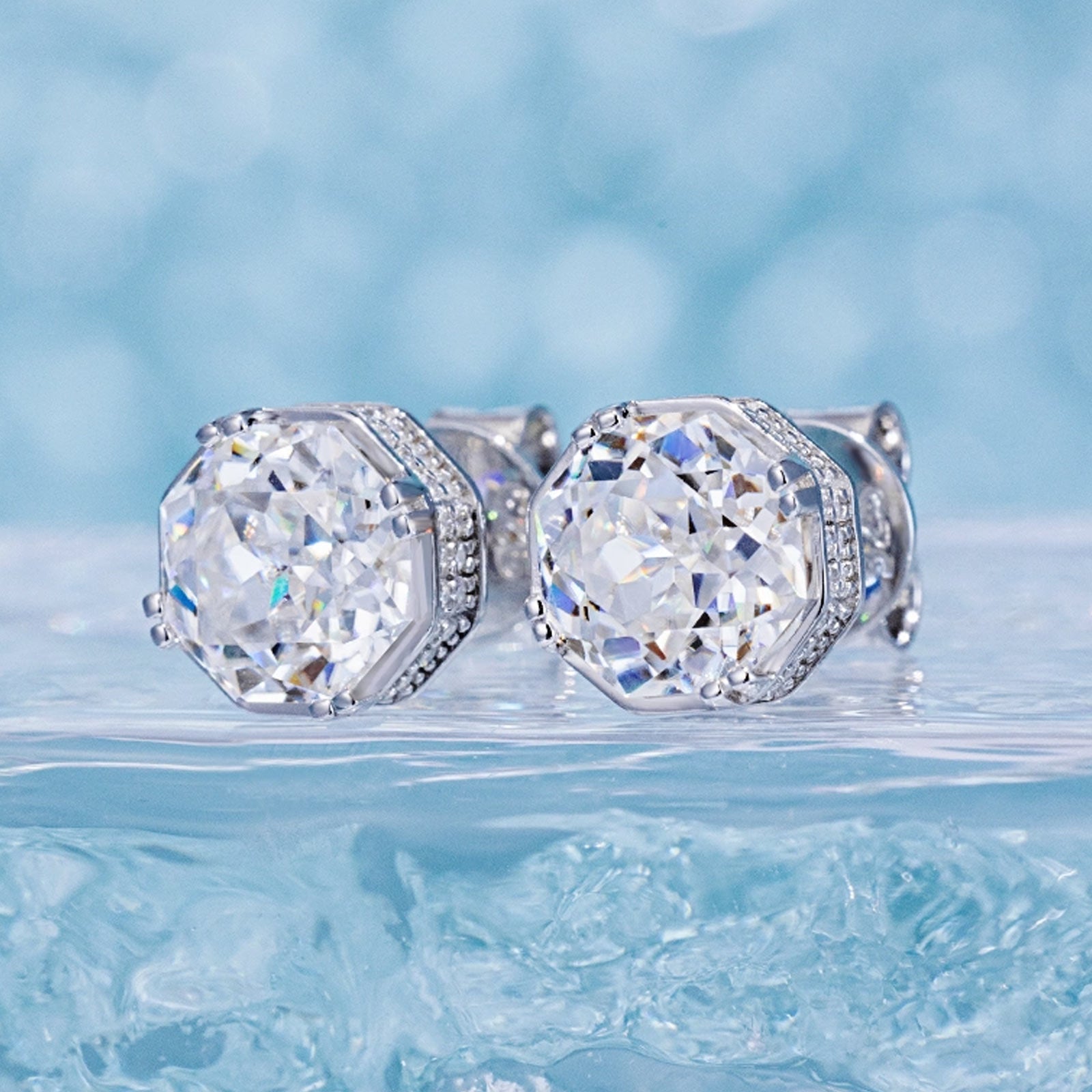
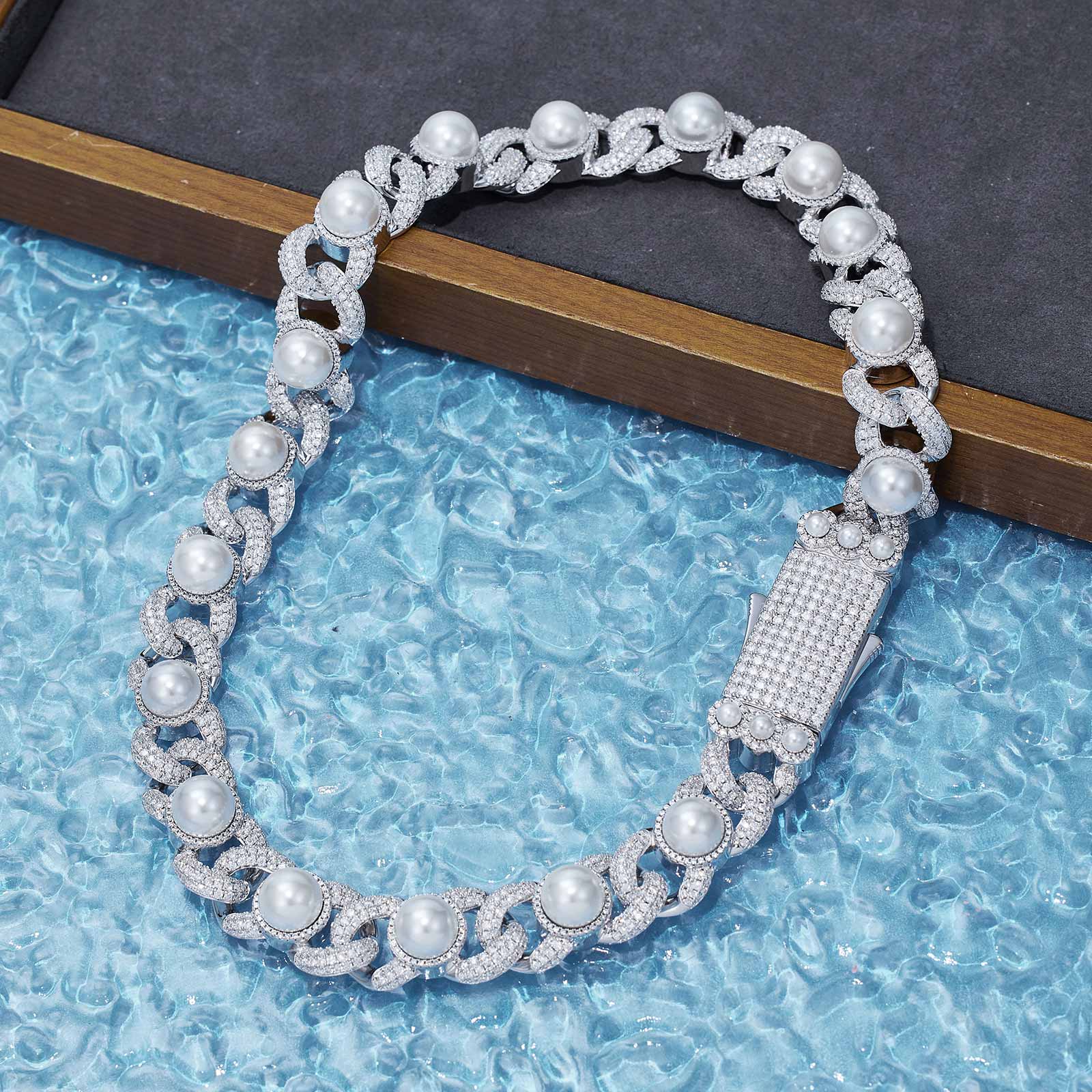
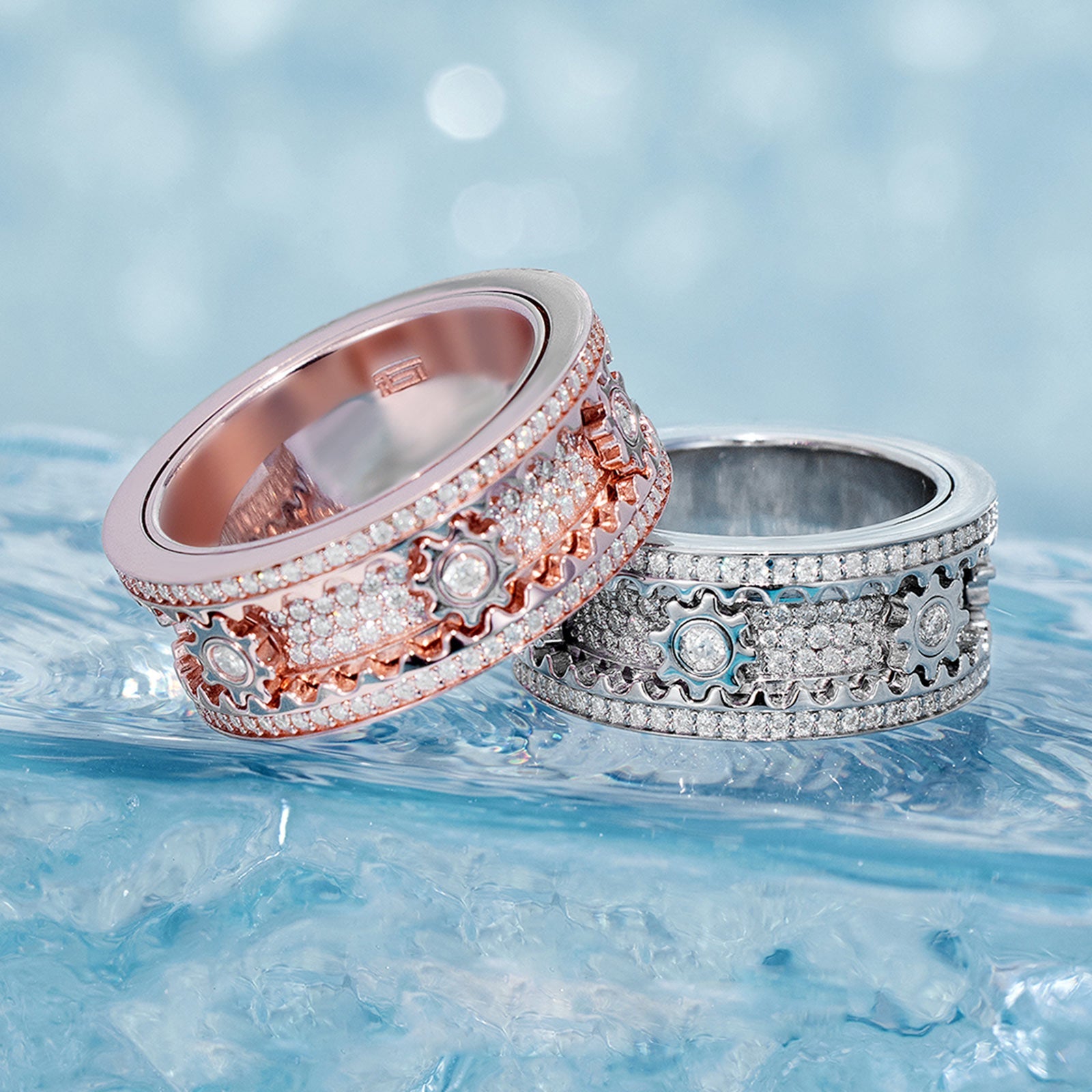
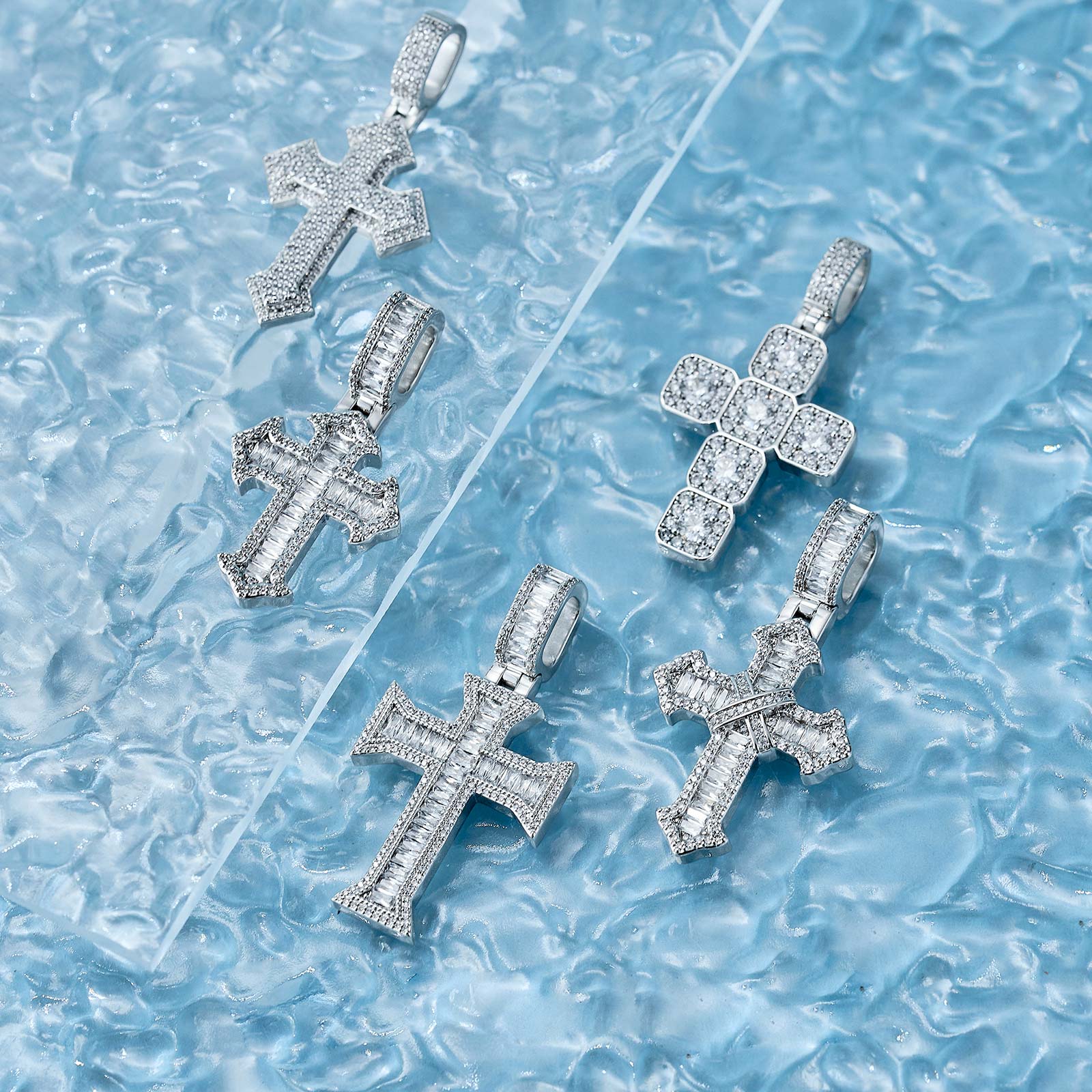
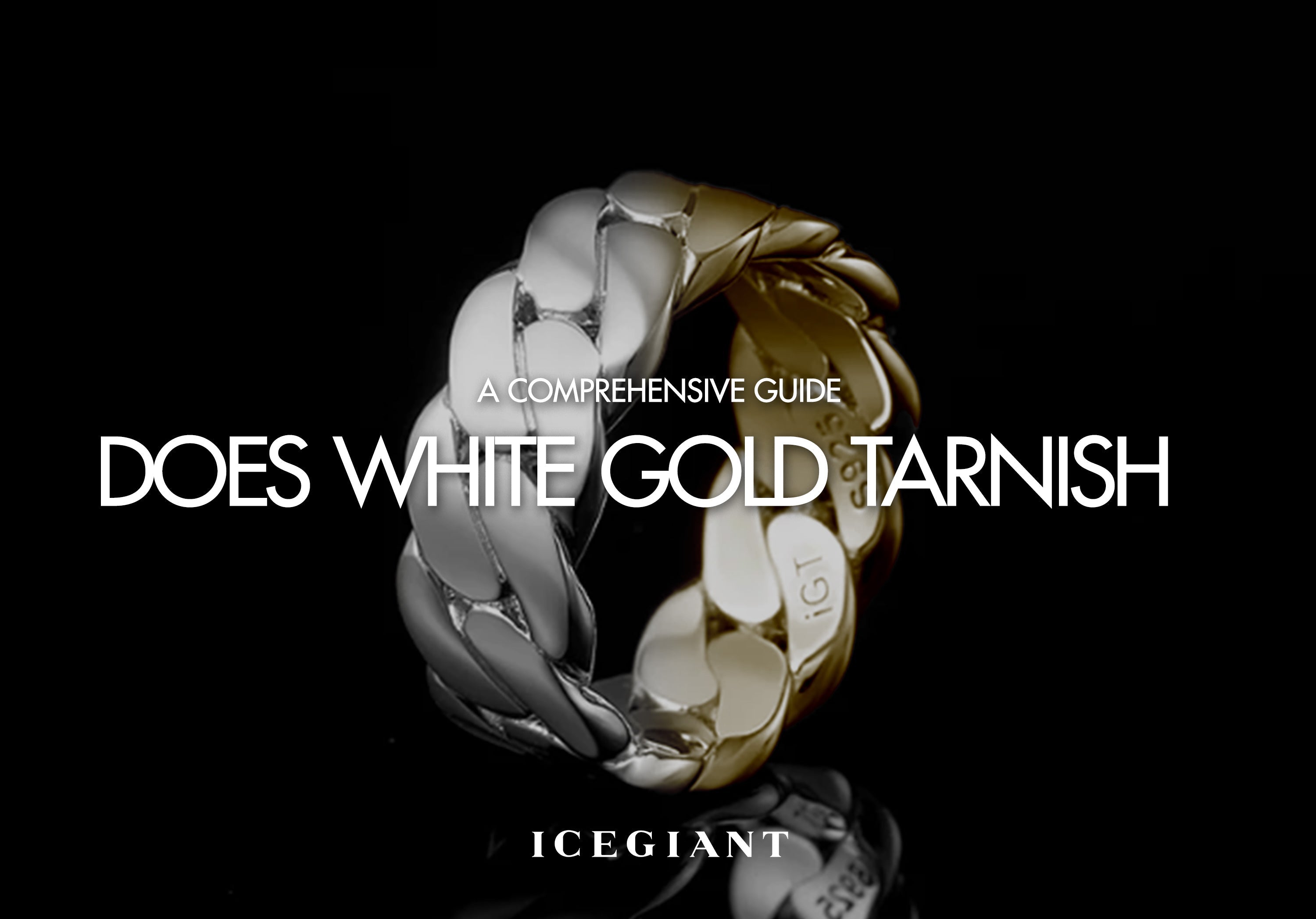





Leave a comment